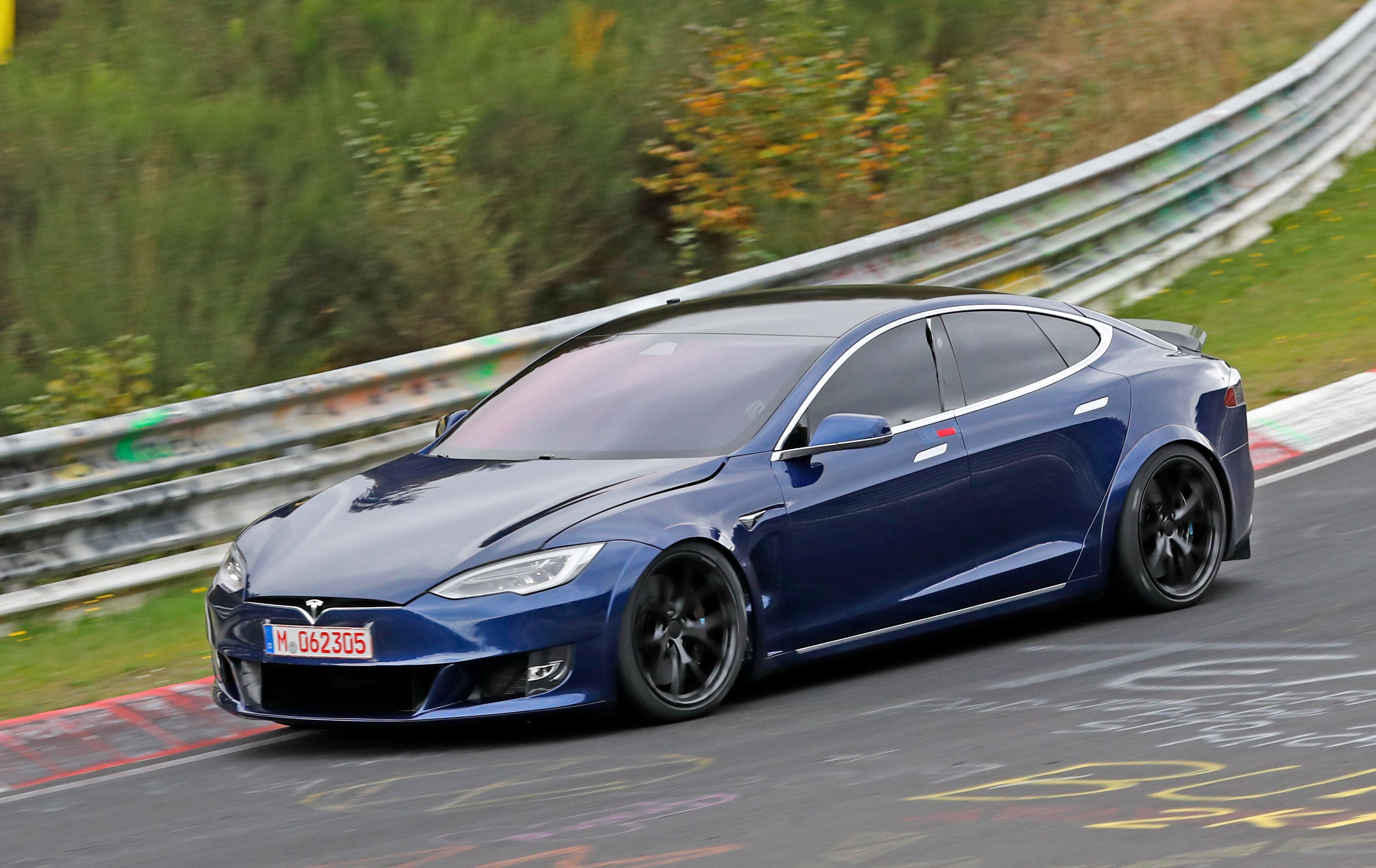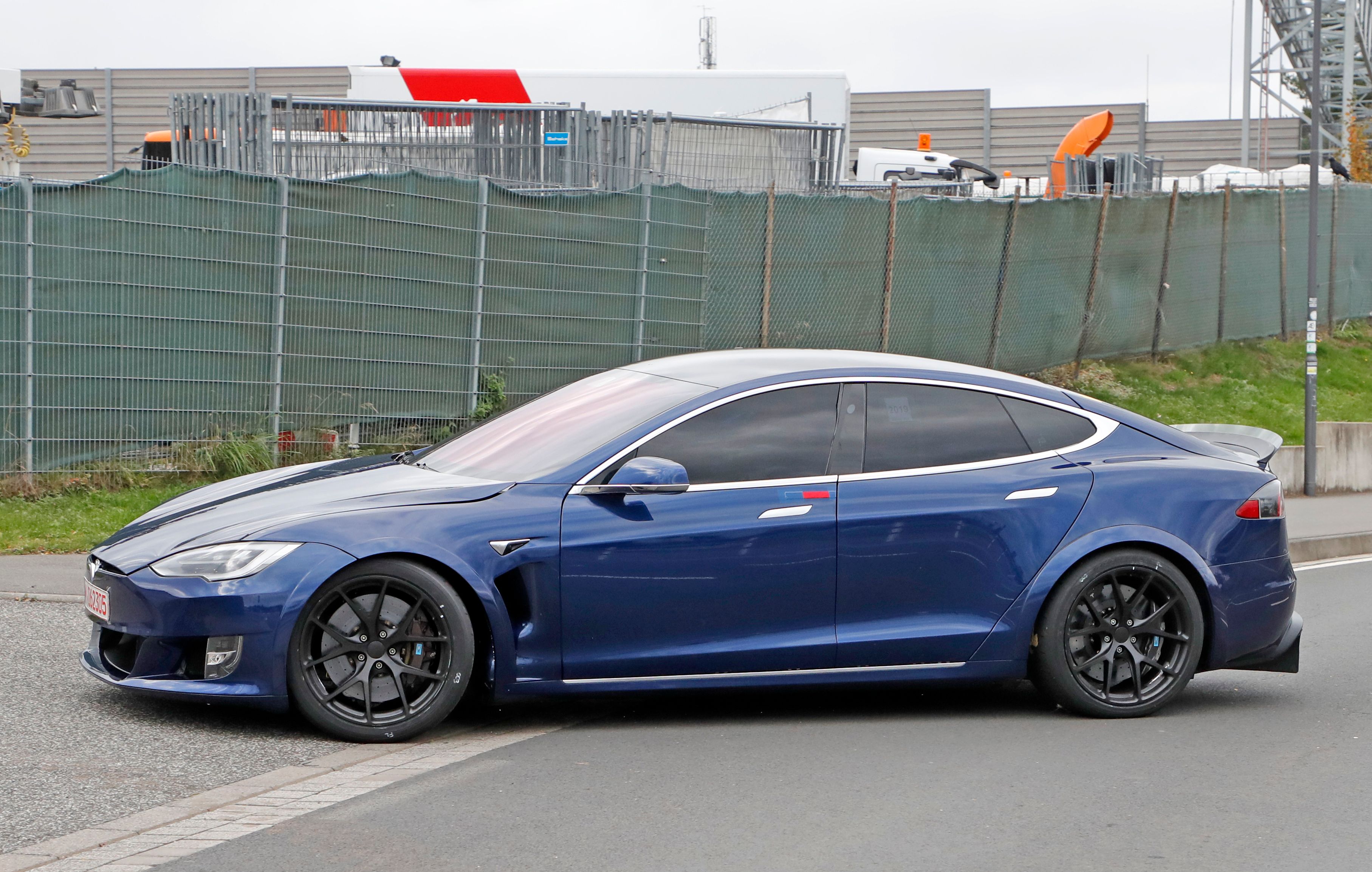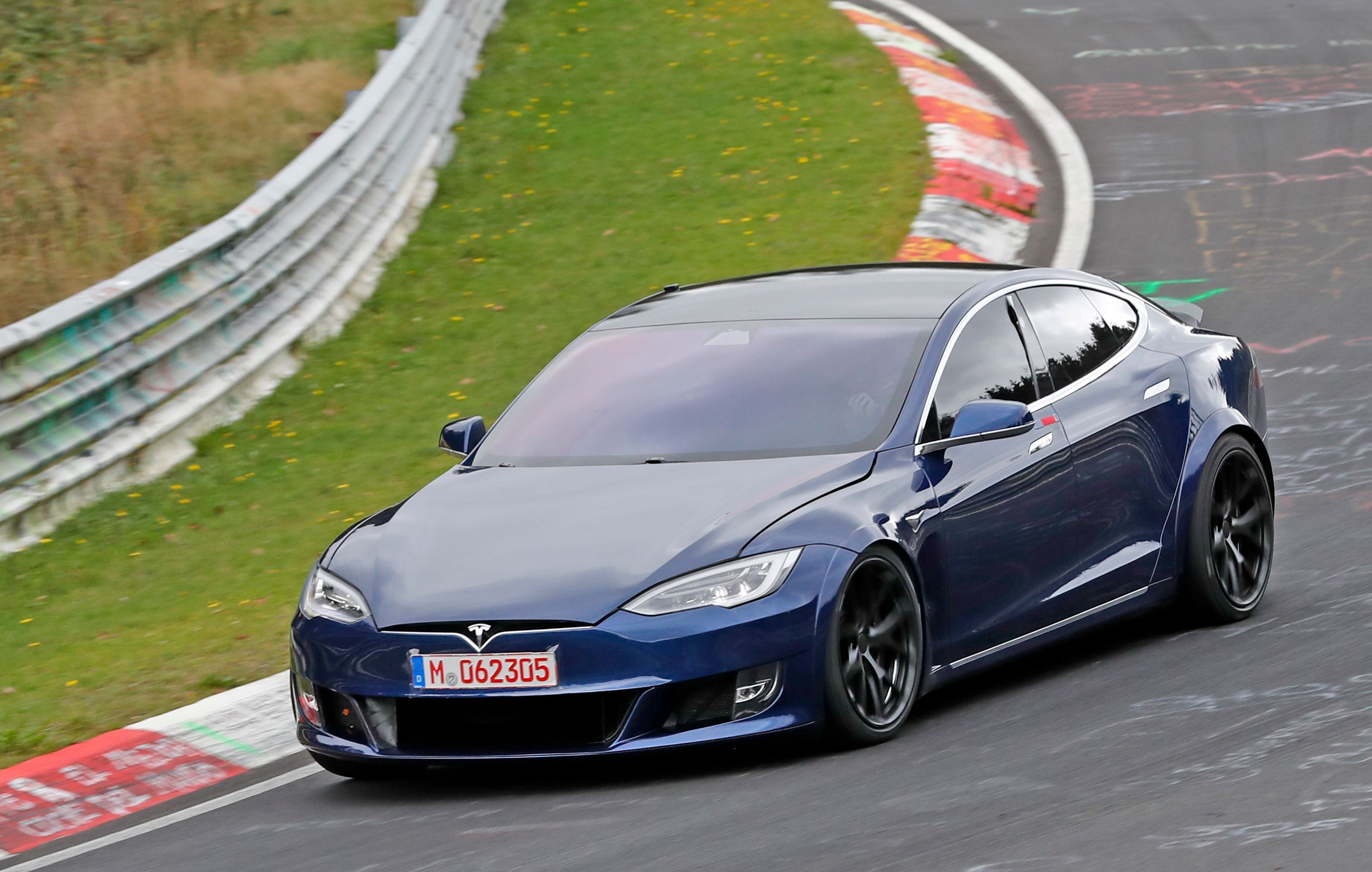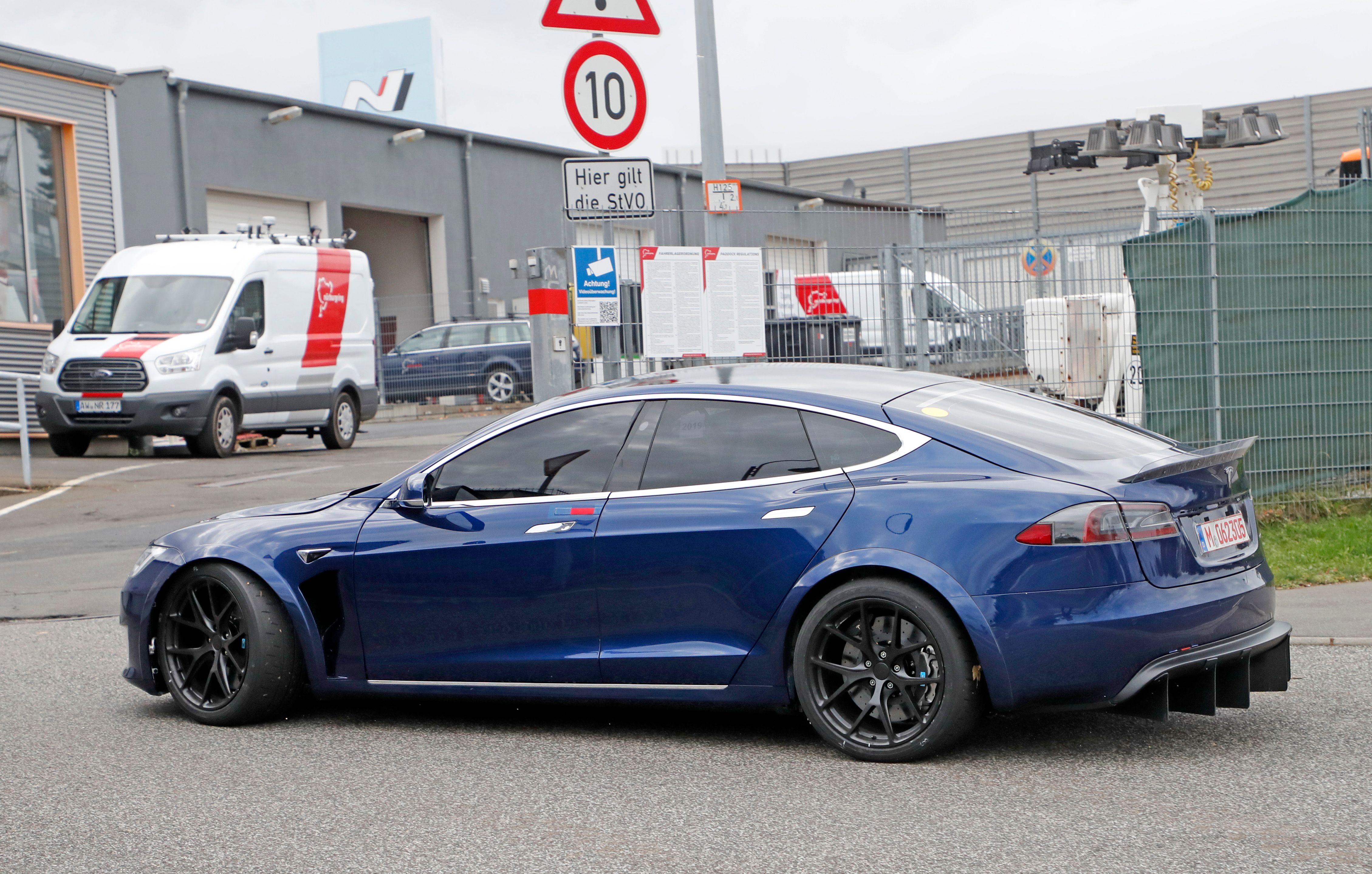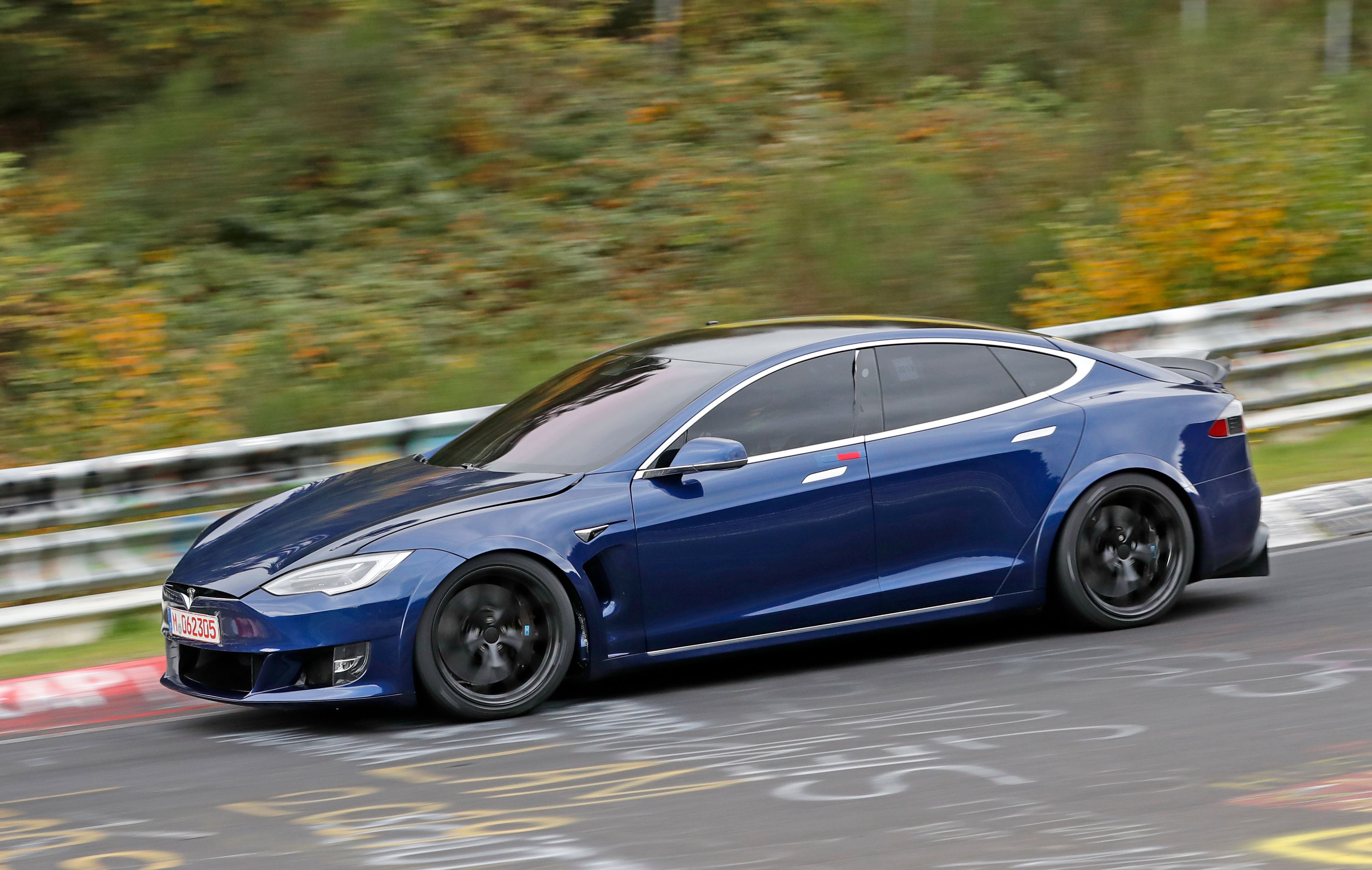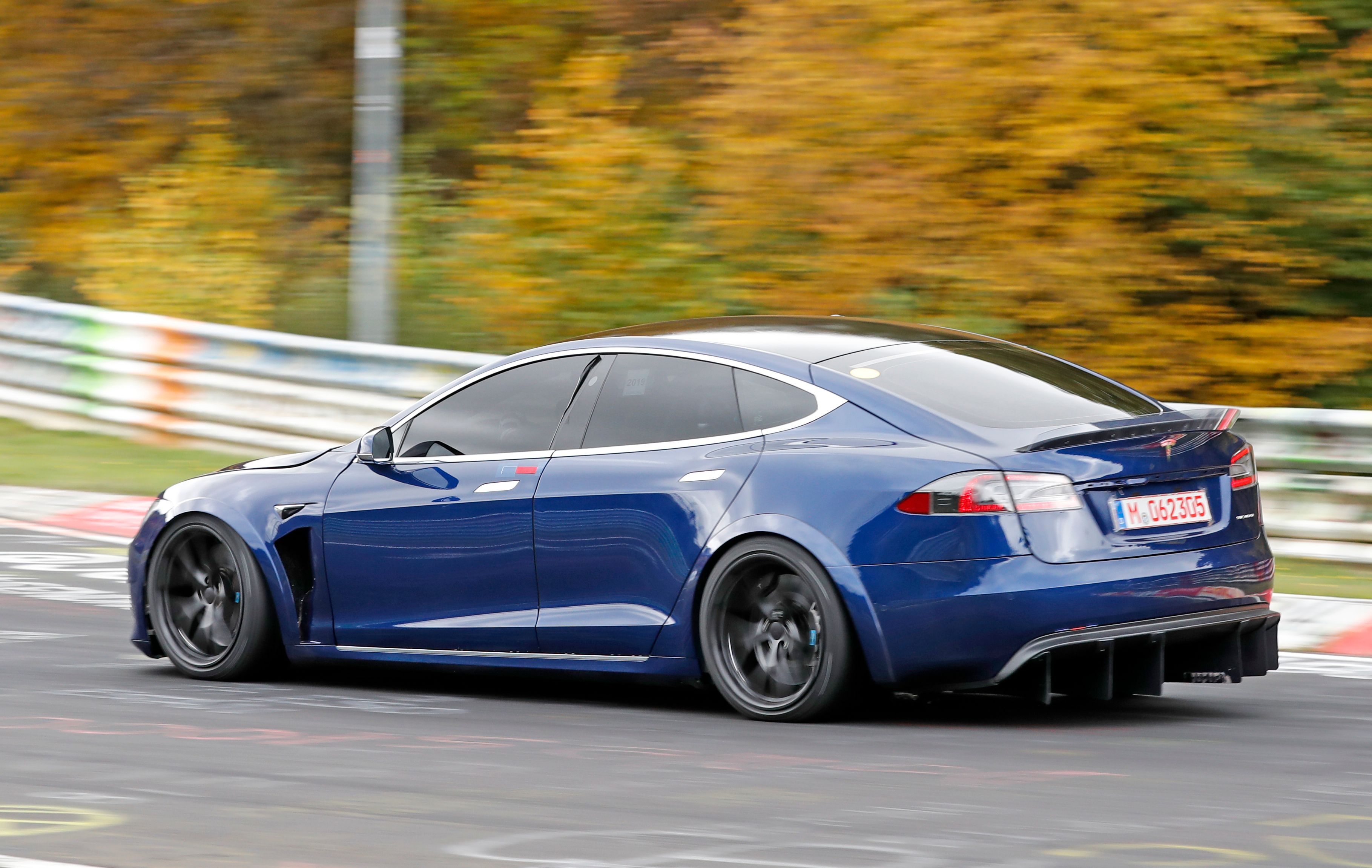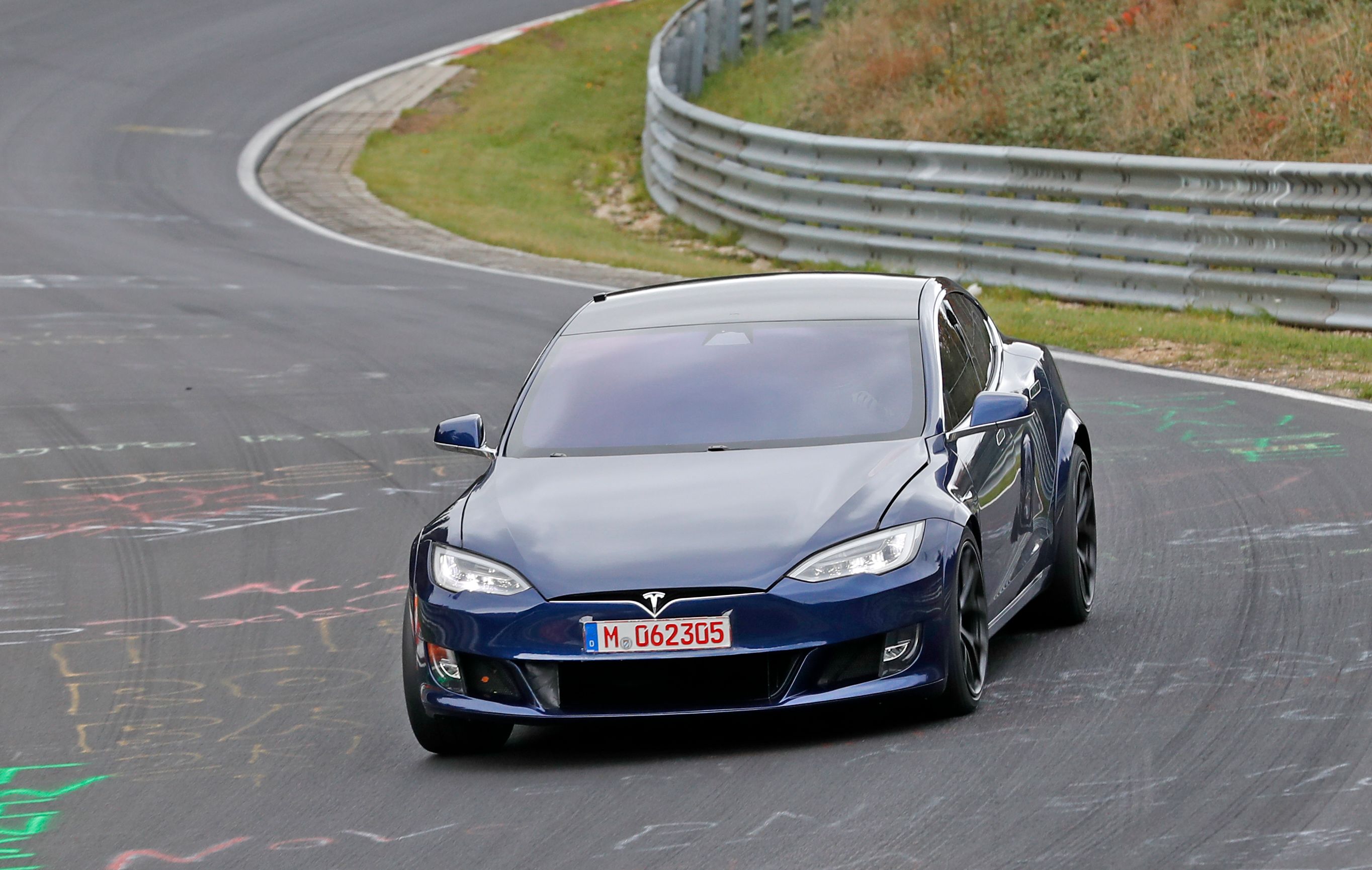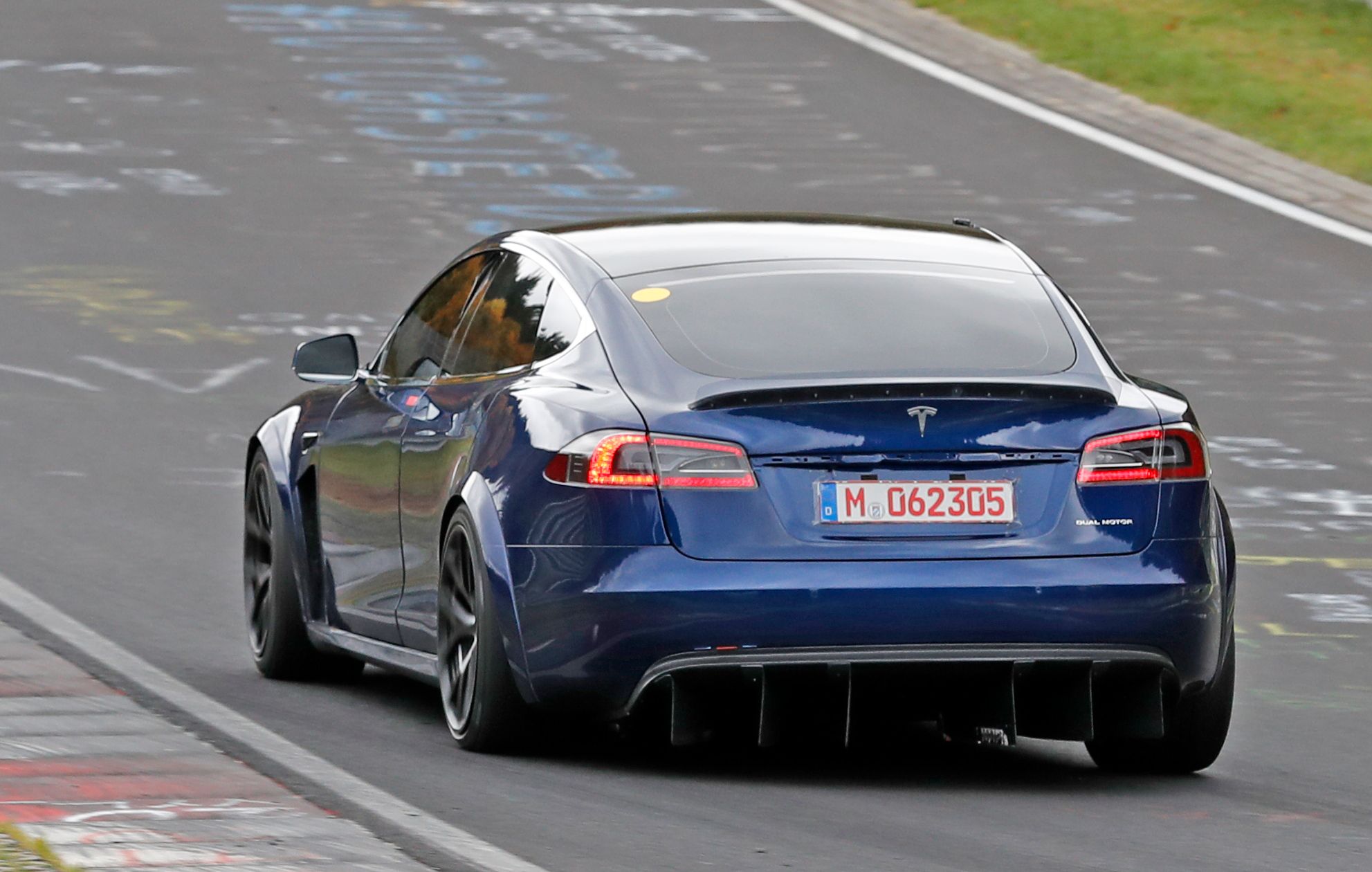If you’ve ever wondered about the etymology of Tesla’s Ludicrous Speed upgrade for the Model S, look no further than Mel Brooks’ Spaceballs, the parody of the Star Wars movie franchise that was released back in 1988. “Ludicrous Speed,” as it was called, was a unit of speed that traveled faster than “Light Speed” and “Ridiculous Speed.” It also opened the door for the next fastest form of speed in outer space, referred to only as “Plaid.” All of this is relevant only in Tesla’s world because of the upcoming arrival of the Model S Plaid. This is everything we know about it.
What is the Tesla Model S Plaid?
The Model S Plaid has actually been in development for some time now, even if it was initially thought of as an upgrade package for the new Tesla Roadster, not the Model S. It was even previewed in prototype form at the Roadster’s unveiling back in November 2017. Even if that may still end up being the case, the Model S is apparently getting first dibs on the upgrade now that word is out that the Model S Plaid is not only happening, but it’s also already in the middle of development.
We’ve seen the juiced-up Model S make headlines recently, too.
Three electric motors open up a lot of possibilities
Of all the things about the Tesla Model S Plaid that have been talked about, the prospect of a three-motor setup is what everyone’s excited about. It’s a huge leap for Tesla after initially offering a single electric motor for the Model S when the electric sedan arrived in 2012. Tesla upped the ante in 2014 when it released an all-wheel-drive version of the Model S with an electric motor in the front and rear axle. Since then, that’s the only setup Tesla has used on the Model S, and that raises interesting possibilities on what a third electric motor can do to help the electric sedan improve its power and performance capabilities.
That said, it’s not just about power and performance, either. One added benefit of a three-electric-motor setup is torque vectoring or the ability to control what wheels on opposite sides of the car are doing and the possibilities that it can open up to the driver. Think about the Acura NSX, for example. The hybrid performance car comes with a pair of motors in the front axle, one for each of the two front wheels. When the NSX is riding on corners, the outside front wheel launches into overdrive, and, in the process, it drags the inside front wheel. This result is a car that can turn more sharply, particularly in, well, sharp corners. This kind of setup isn’t new to the market. The recently unveiled Ferrari SF90 Stradale uses a similar front-axle setup as the NSX and other automakers like Lotus and Rimac are developing their own electric vehicles that will carry a similar layout.
The romp at Laguna Seca really happened, even if it didn't go in the record books
There’s been a lot of talk regarding the Tesla Model 3 Plaid’s lap time around Laguna Seca. The automaker released a video of a Model S Plaid prototype laying waste to the race track with a lap time of 1:36.555. Tesla claimed that this lap time was a record for four-door production cars. But there is a caveat to this record: Laguna Sec doesn’t sanction lap records so it’s not technically an official lap record.
For now, at least, it appears that Tesla and the Model S Plaid has a stranglehold on that lap record, at least until another four-door production car breaks it, even if none of these lap times are sanctioned.
So, what does this say about the Tesla Model S Plaid? At the very least, it gives us an indication that the new Model S Plaid has the performance chops to break lap records. It already, albeit unofficially, planted its flag at Laguna Seca. Now the question moves to which race track it can conquer next.
Tesla's Nurburgring jaunt could be a sign of things to come
Ahh, yes. The Nurburgring Nordschleife. It is arguably the most famous race track in the world. It’s also the track that seemingly every automaker uses to test out its new wares in preparation for an eventual lap time that will determine where it stacks up in the track’s famous production car lap record standings. For the longest time, Tesla has resisted bringing any of its vehicles to the Nurburgring for one reason or another. But something happened along the way that seemingly forced Tesla’s hand. Porsche released the Taycan EV and unleashed the Taycan Turbo variant on the Nurburgring, where it set the record for the fastest four-door electric car with a lap time of 7:42.
The attention (and acclaim) Porsche received for the Taycan Turbo’s record-setting run prompted Tesla to take the offensive.
So, why didn’t Tesla perform an official timed lap if it knew that it could handily beat the Porsche Taycan Turbo? Perhaps it has something to do with the faster and more powerful Taycan Turbo S, which has yet to set a lap time around the Nurburgring.
Either way, this is setting up for quite a showdown between two models — the Model S Plaid and the Taycan Turbo S — that will be fighting for four-door electric car supremacy in the near future.
The Model S could also look different in Plaid form
The Tesla Model S Plaid won’t just be different mechanically and technically. It will also come in a different form, at least in terms of the aerodynamics that it boasts. The sedan still retains the same Model S design, but prototypes that we’ve seen also reveal several important additions to the body. The fender flares, for example, are bigger than in the standard model to accommodate the larger tires that the sedan appears to come in. The Model S Plaid also comes with a tweaked spoiler to go with large vents located behind the front wheels. At least one of the prototypes also featured a large diffuser. That tells you that Tesla isn’t messing around when it comes to the performance improvements it’s going for with the Model S Plaid.
Could these additions be a sign of things to come for the Tesla Model S? We won’t know for sure until Tesla debuts the vehicle, but these signs do point to that.
Production and Pricing
Production could start sometime next year, though neither Musk nor Tesla at large have identified a specific timetable for the Model S Plaid’s arrival. The most specific Musk has come to pinpointing a production timetable would be October or November 2020. Then again, Tesla is infamous for rarely sticking to schedule so if 2020 comes and goes without any significant developments in the production of the Model S Plaid, at least we know this early that we didn’t expect too much out of it.
The good news is that development is already underway and that the prototypes have already been captured numerous times in the wild.
As far as pricing goes, the Model S Plaid will become the most expensive version of the Model S when it hits the market. Elon Musk has said that it will be priced “less than our competitors” so with the Model S starting at around $100,000 and the Porsche Taycan starting at $150,000, it’s reasonable to expect that the Model S Plaid will be priced somewhere in the $110,000 to $130,000 range.
Further Reading
Read our full review on the 2019 Tesla Model S.

